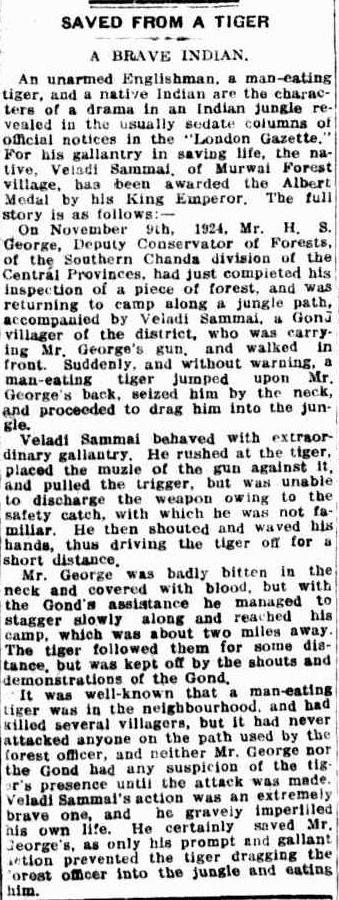
The only two visual evidence of Caracals from Madhya Pradesh & Uttar Pradesh respectively. Incidentally, both are of cubs.
Picture 1: A few hours back I came across this fascinating image of a Caracal cub from Shivpuri (undated, but probably late 1970s) taken by P.K. Naik, IFS +
Picture 1: A few hours back I came across this fascinating image of a Caracal cub from Shivpuri (undated, but probably late 1970s) taken by P.K. Naik, IFS +

who managed Madhav NP from the late 1970s to early 80s. This image was given by Naik to R.C. Sharma, his successor at Madhav, who then reproduced it in his little-known book called "The Wildlife Memoirs: A Forester Recollects" published in 2008.
Incidentally, R.C. Sharma sahab +
Incidentally, R.C. Sharma sahab +
reproduced this image while recounting a Caracal sighting of his own in Panna (which he couldn't photograph; hence he reproduced this image).
Both these references haven't been recorded in any scholarly work on Caracals up until now. I am now also told that this Shivpuri image +
Both these references haven't been recorded in any scholarly work on Caracals up until now. I am now also told that this Shivpuri image +
might be the first, and as of yet only, visual record of a caracal from Madhya Pradesh.
Picture 2: The above fortuitous find also reminded me of the only known image, to my knowledge, of a Caracal from Uttar Pradesh that graced the cover of "Cheetal".
This little guy was +
Picture 2: The above fortuitous find also reminded me of the only known image, to my knowledge, of a Caracal from Uttar Pradesh that graced the cover of "Cheetal".
This little guy was +

photographed by Ashok Singh, the then Range Forest Officer at Mirzapur in 1975. He wrote:
"Not many people have seen Caracal (Felis caracal) in its natural surroundings. I am one of the fortunate exceptions. The U.P. Forest Department is raising bamboo plantations on a large +
"Not many people have seen Caracal (Felis caracal) in its natural surroundings. I am one of the fortunate exceptions. The U.P. Forest Department is raising bamboo plantations on a large +
in Mirzapur district...Before the actual planting work is done, site clearance is carried out engaging a large number of labourers. Recently, in the last week of January while this work was in progress some of the labourers heard a growl from a nearby bush. As they went nearer, +
they saw a cat-like animal, of about the size of a jackal feasting on hare, with its two cubs. I reached the spot on getting the news but the mother had by then disappeared into the forest leaving behind its two cubs to their fate...They were caught with some difficulty...They +
were finally sent to Kanpur Zoo on the 20th February, 1975".
For those interested in caracals, I highly recommend the paper "Historical and current extent of occurrence of the Caracal in India" (2020) authored by Dharmendra Khandal et. al. (threatenedtaxa.org/index.php/JoTT…)
~Fin~
For those interested in caracals, I highly recommend the paper "Historical and current extent of occurrence of the Caracal in India" (2020) authored by Dharmendra Khandal et. al. (threatenedtaxa.org/index.php/JoTT…)
~Fin~
• • •
Missing some Tweet in this thread? You can try to
force a refresh









